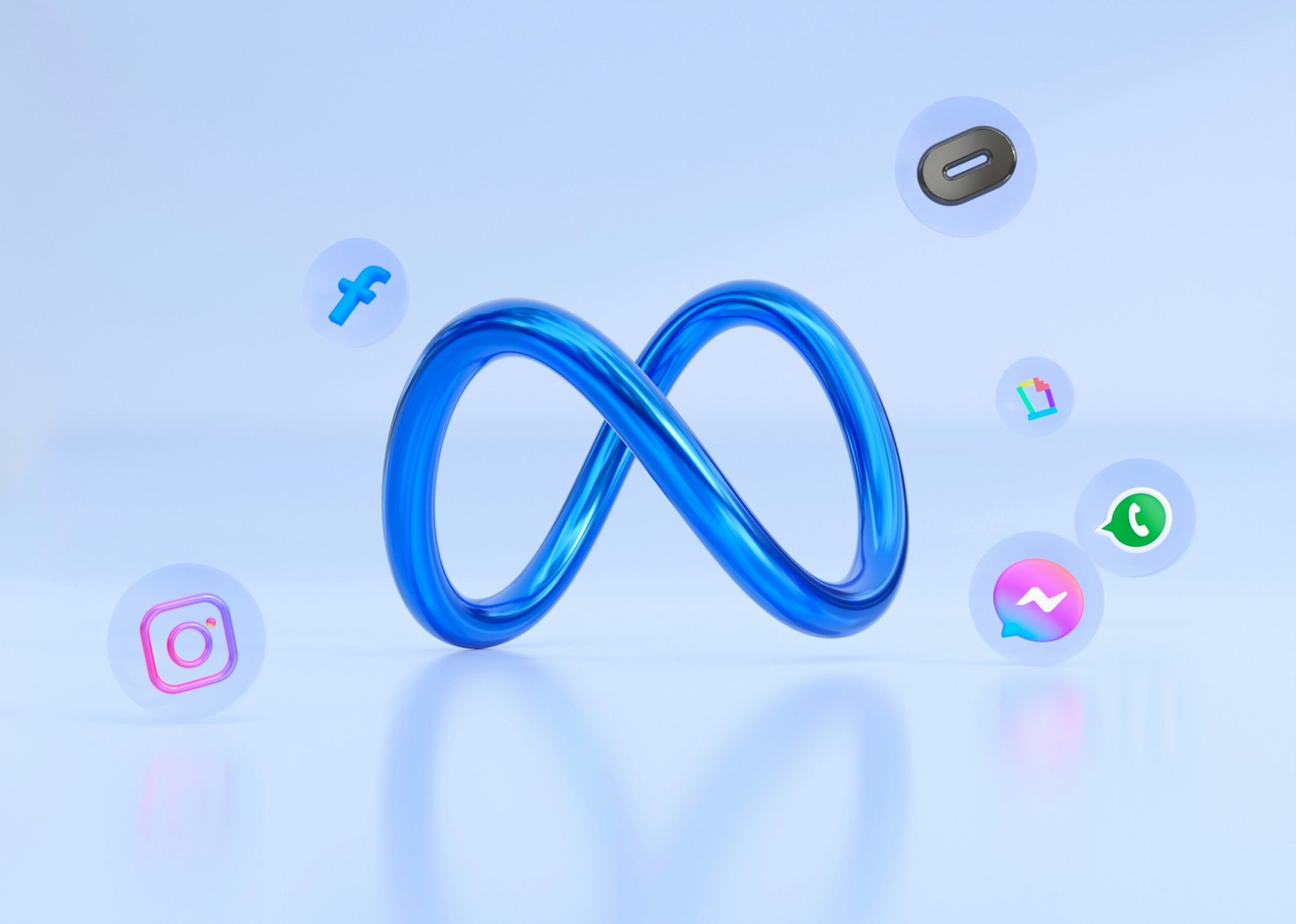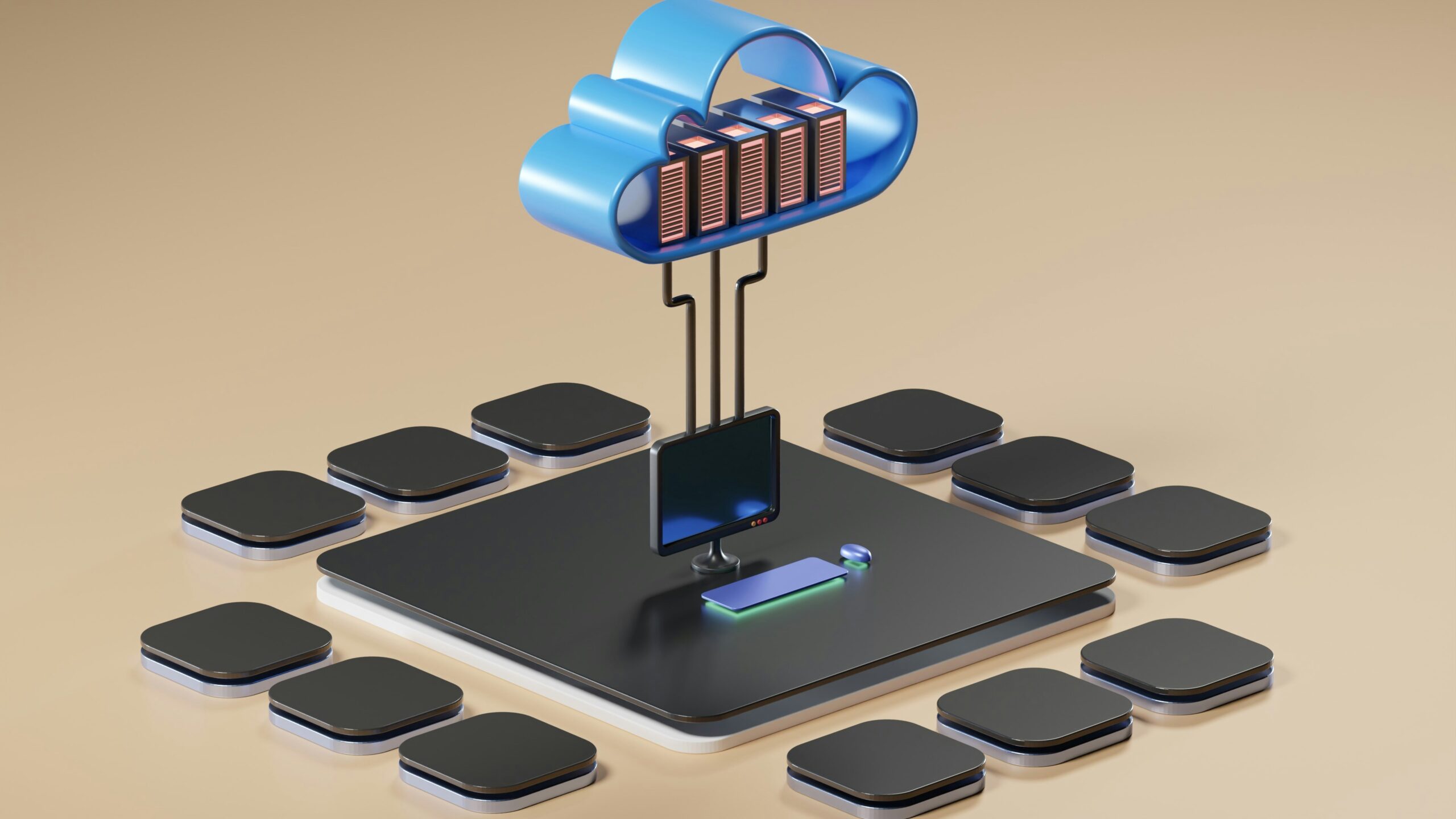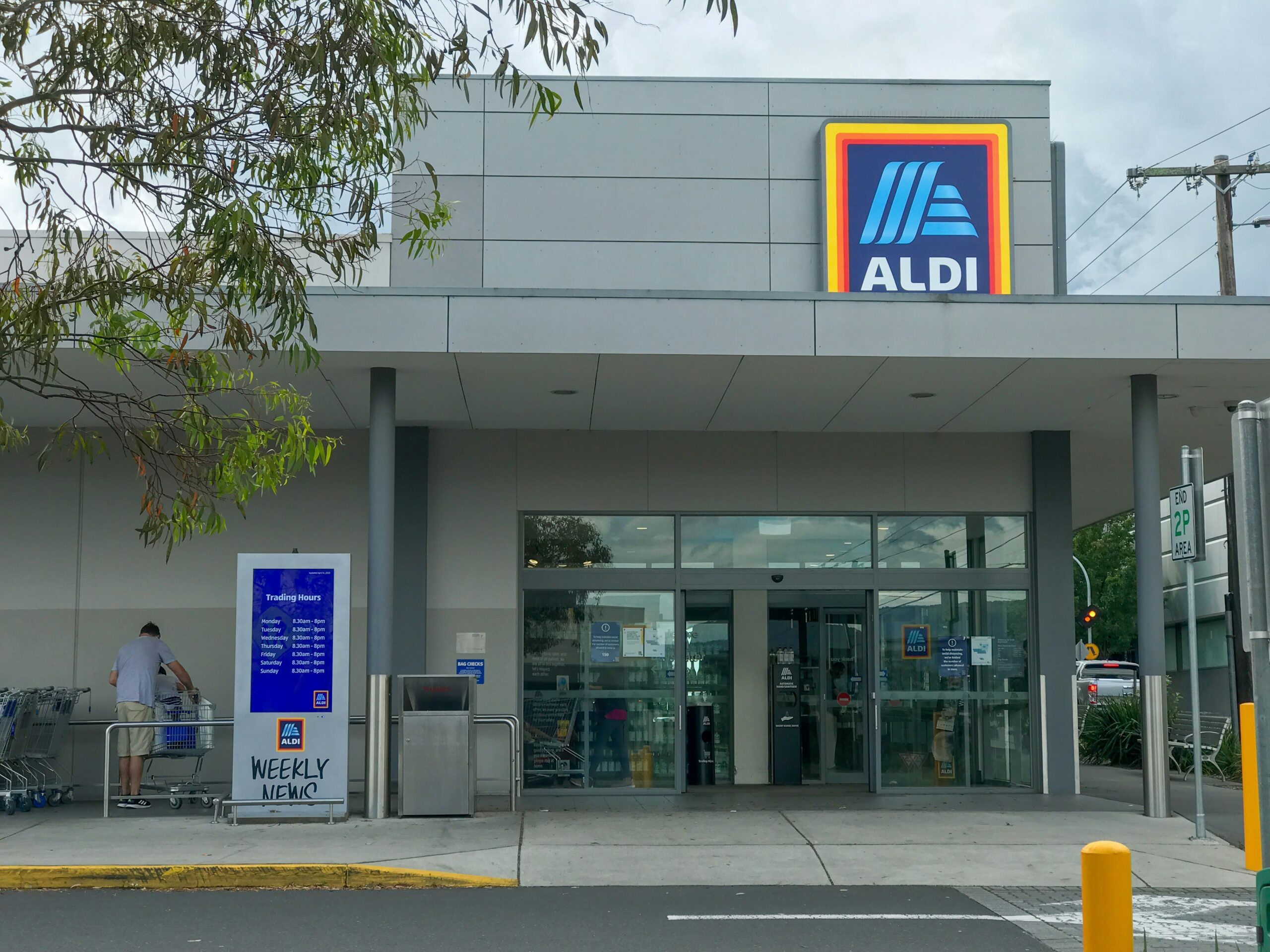Image credit: Unsplash
There is no debating the goal of the current customer service landscape: to attract and retain customers and create a competitive advantage by providing convenience. Some of the latest research on customer service and CX further supports the idea that convenience has remained—and will continue to remain—the top criterion for every customer. Customers say convenience is critical and many will even pay more for it. Many will even recommend brands to others if their products have made their life easier. To drive home the point, the new book by David Avrin is literally titled “Ridiculously Easy to Do Business With” and details dozens of ways companies can reduce friction with customers—and the business often lost because of it.
Arvin’s book is a single source for any business that wants to facilitate frictionless customer experiences. Avrin offers clear and actionable strategies that will realistically make any business much more accessible and consumer-friendly.
1. A simple return or exchange policy reduces the risk for customers and makes them trust the brand. The ability to provide easy, hassle-free returns ranks among the top reasons customers come back to buy again.
2. Every bit of feedback is a gift from your customer. Customers use their valuable time to give businesses feedback, so, in return, businesses should make the job of giving feedback easy for customers.
3. Accessibility is key. If your customers have to really search for your contact details, they’ll probably go to another company that has made contacting them more apparent. At the very least, contact details should appear in the footer of all website pages, and should also be available from any document in which the company or brand name appears.
4. Effortless navigation of a company’s website is vital. Part of Amazon’s success can be attributed to its ease of use with their interface and many self-service solutions. A website should be intuitive and may even allow comparisons of products and prices. While emulating Amazon to the dot may not be possible for every business, there is a lot to learn from their website design. Remember, a website is supposed to have been designed by people and for people.
5. Your company should offer multiple payment options, and should include new payment methods like QR codes. Not offering these convenient modes of payment may be harmful as it can decrease sales.
6. Each customer should have access to tracking their order status. Updating order status, including tracking details, might avoid tricky customer service situations and can create a hassle-free shopping experience.
7. Customers want an easy and fast solution to their problems. The “Time to Happiness” metric underscores the idea that what matters most is solving issues this way: fast, no friction—no matter which channel the customer uses.
If there is one essential factor in winning and retaining customers in today’s competitive marketplace, it would be convenience. “Making life easy” for customers, as David Avrin puts it, is not just good business; it’s necessary. Those businesses that go the extra mile when it comes to the creation of user-friendly experiences through easy return policies, contact information, websites, or a wide range of payment choices will assure customer satisfaction and customer loyalty.















































































































































